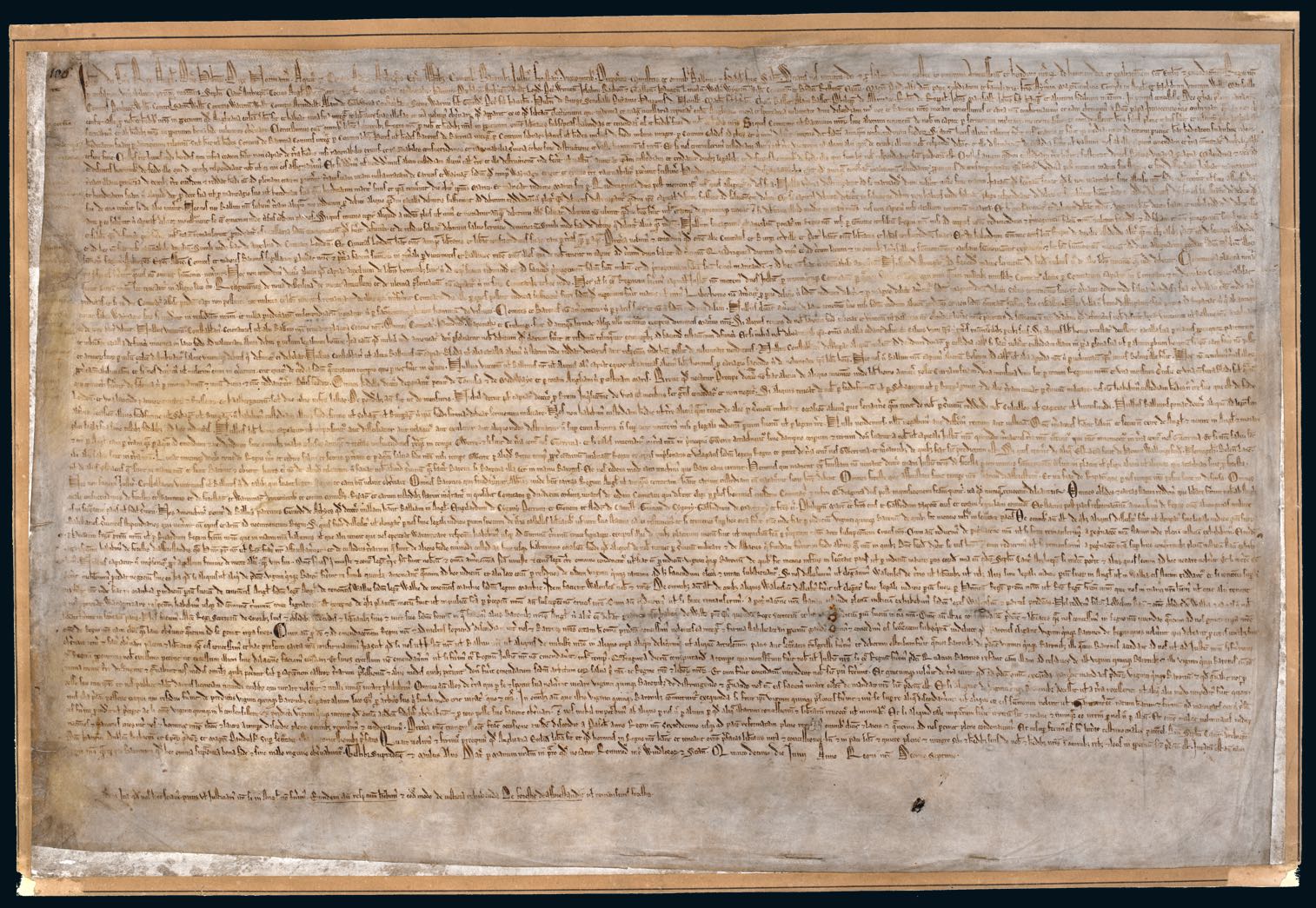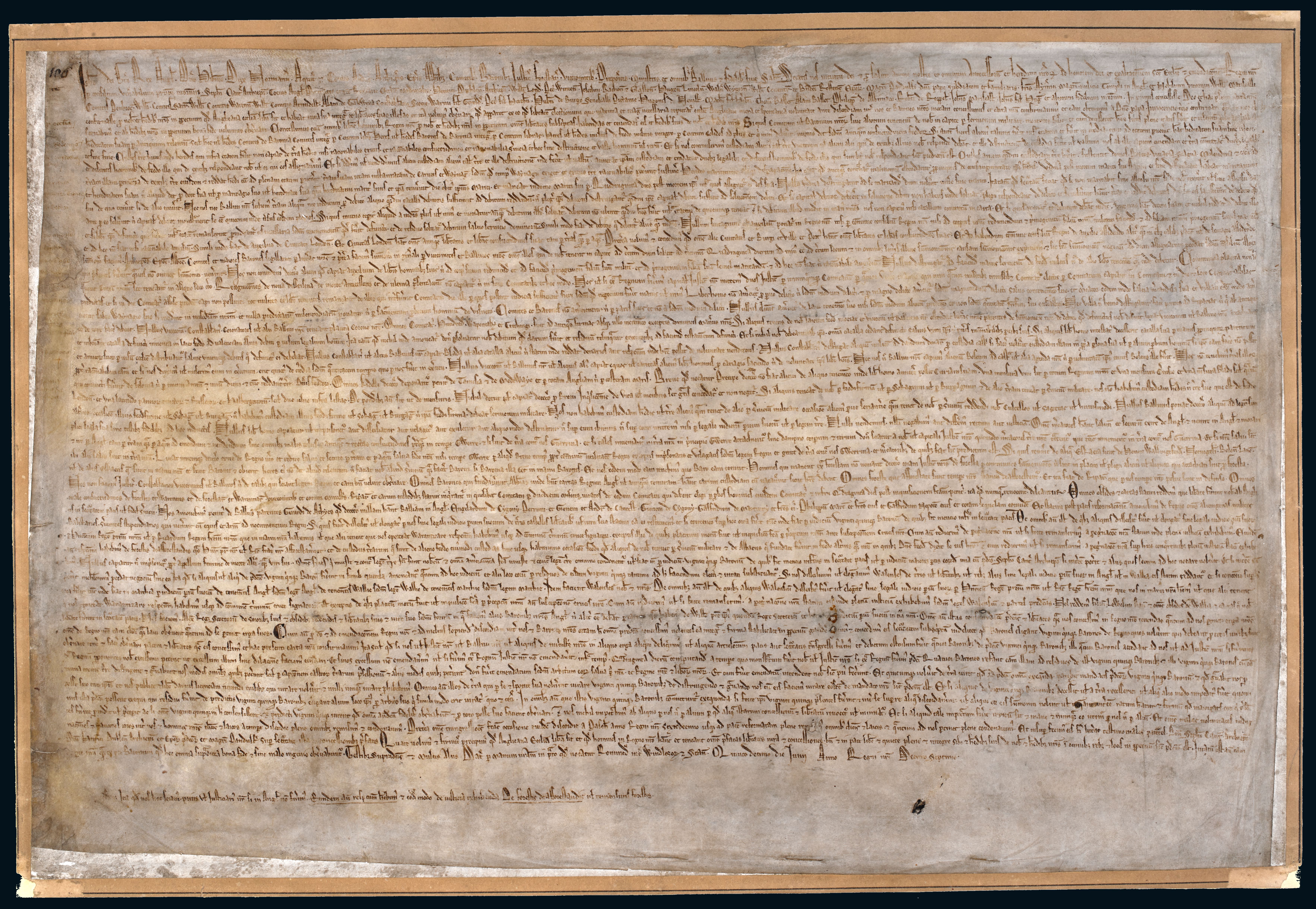
Recogniciones de nova disseisina de morte ancestoris et de ultima presentacione non capiantur nisi in suis comitatibus et hoc modo. Nos vel si extra Regnum fuerimus capitalis Iusticiarius noster mittemus duos Iusticiarios per unumquemque comitatum per quatuor vices in anno qui cum quatuor militibus cuiuslibet comitatus electis per comitatum, capiant in comitatu et in die et loco comitatus assisas praedictas,
Inquests of novel disseisin, mort d'ancestor, and darrein presentment shall be taken only in their proper county court. We ourselves, or in our absence abroad our chief justice, will send two justices to each county four times a year, and these justices, with four knights of the county elected by the county itself, shall hold the assizes in the county court, on the day and in the place where the court meets.
